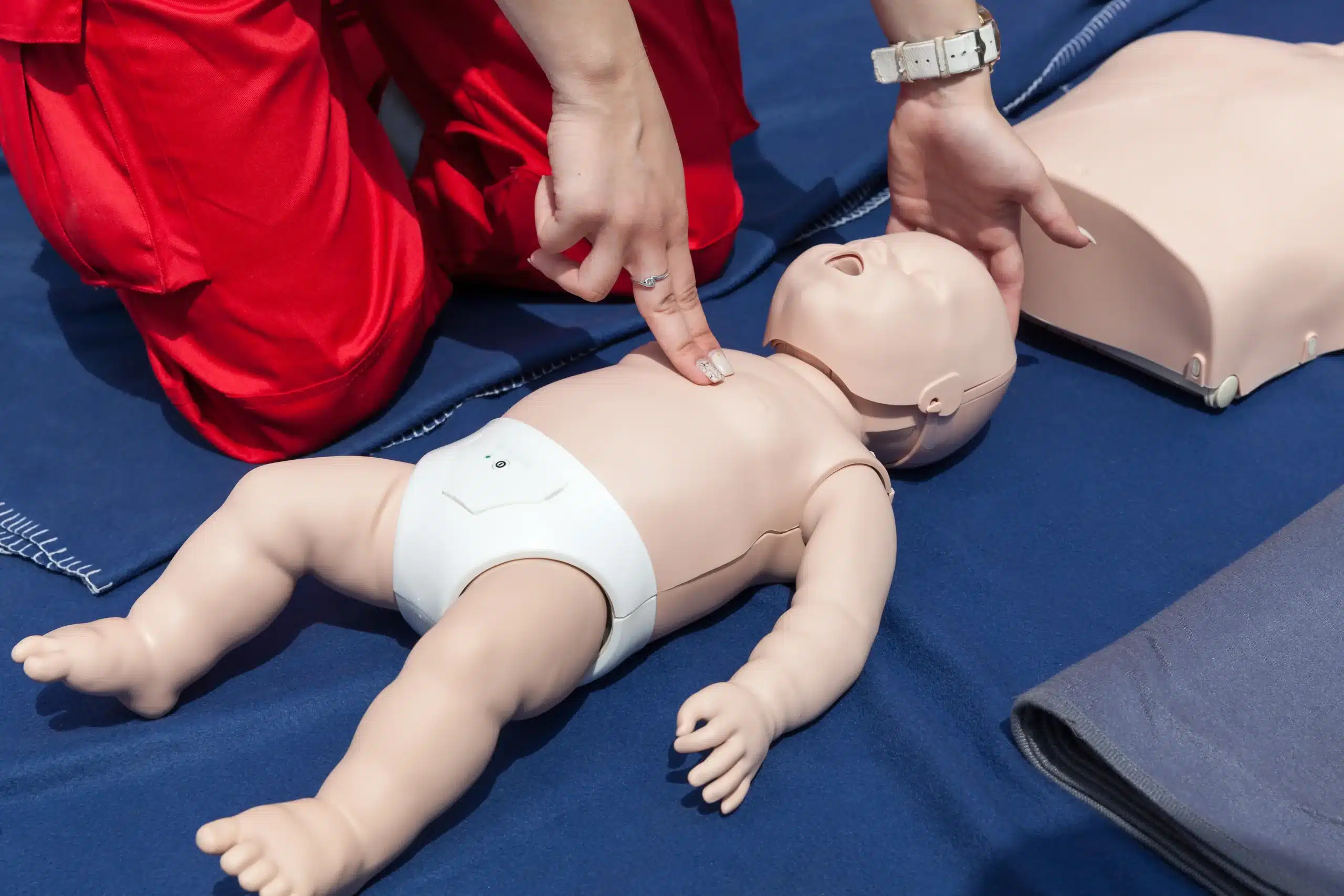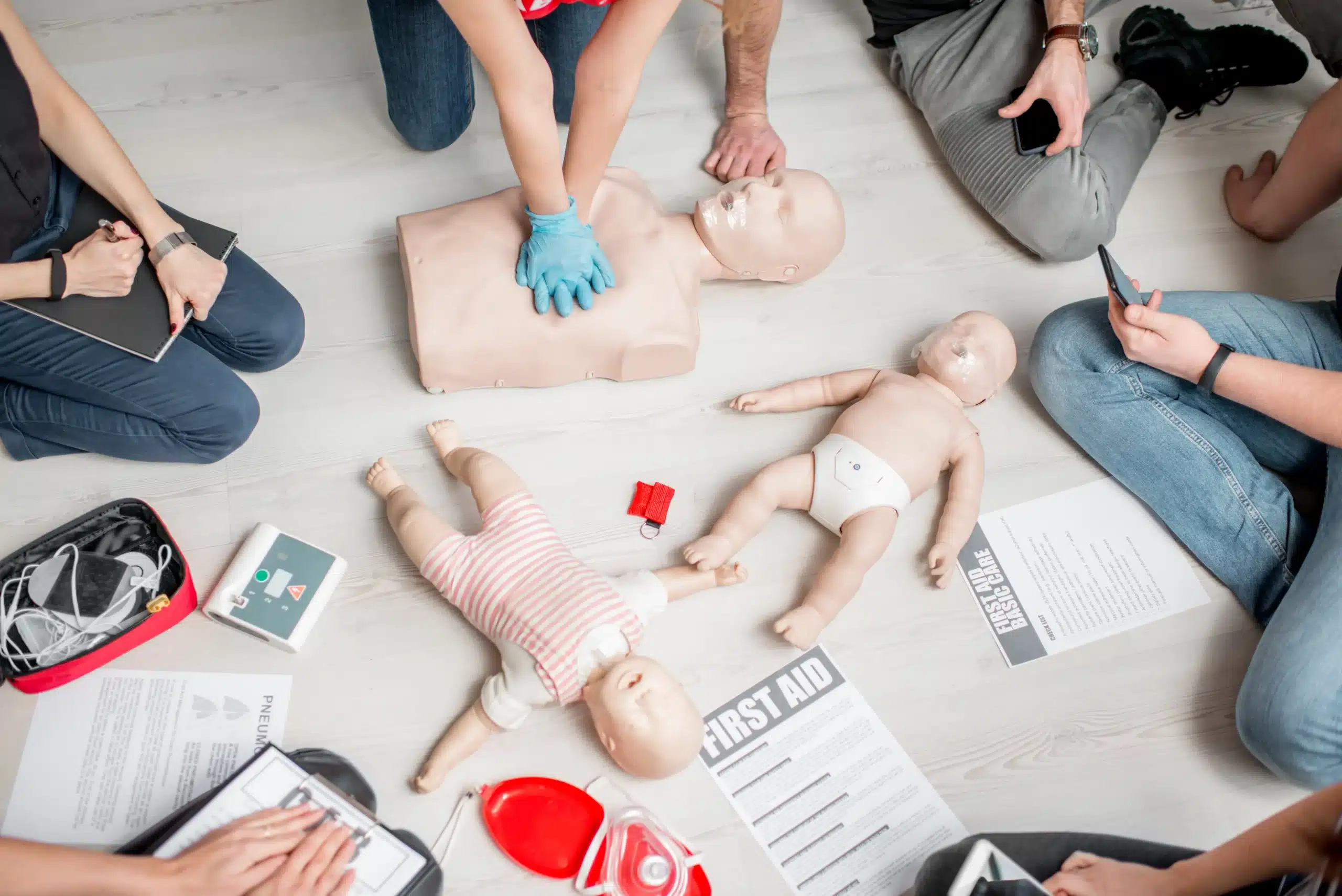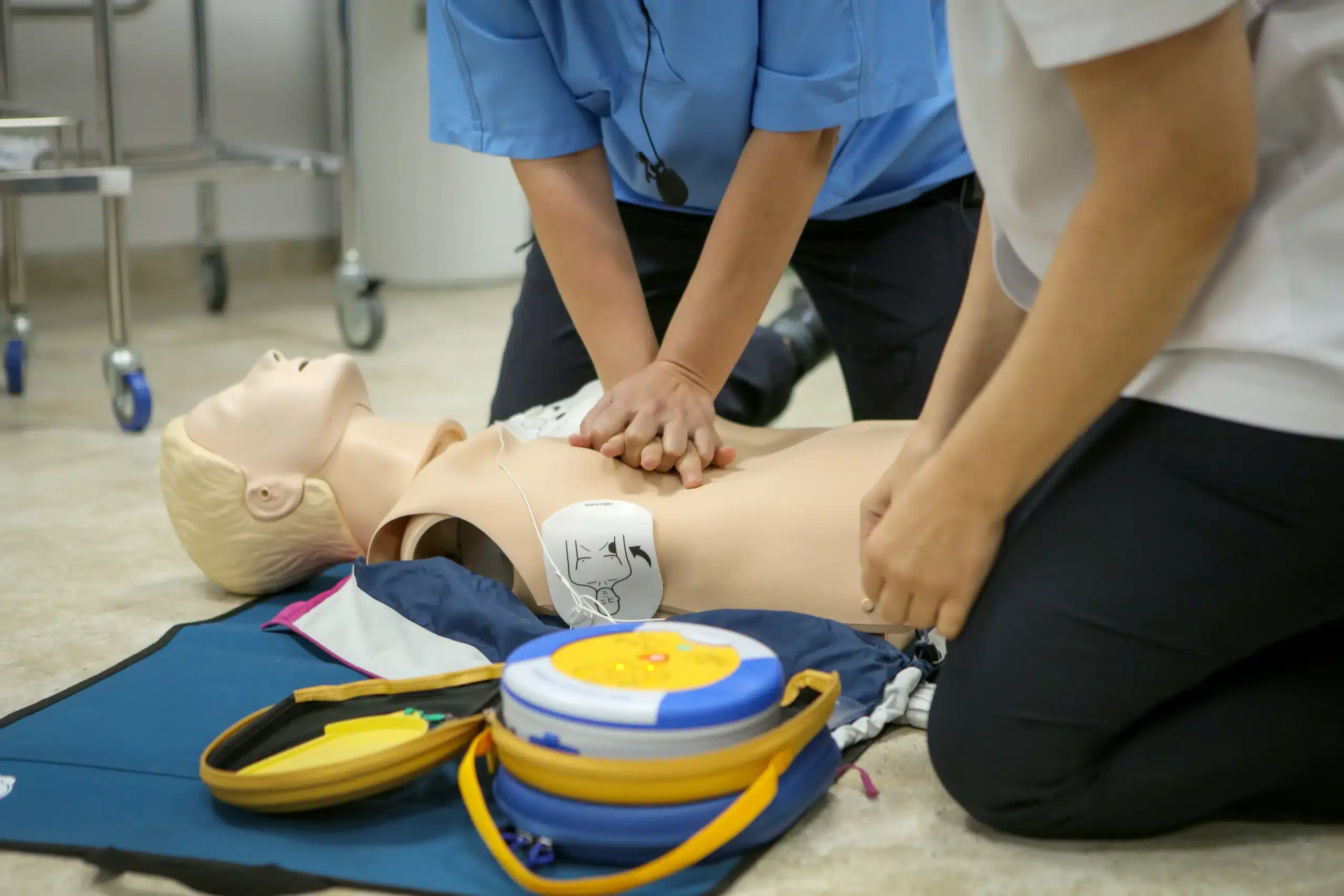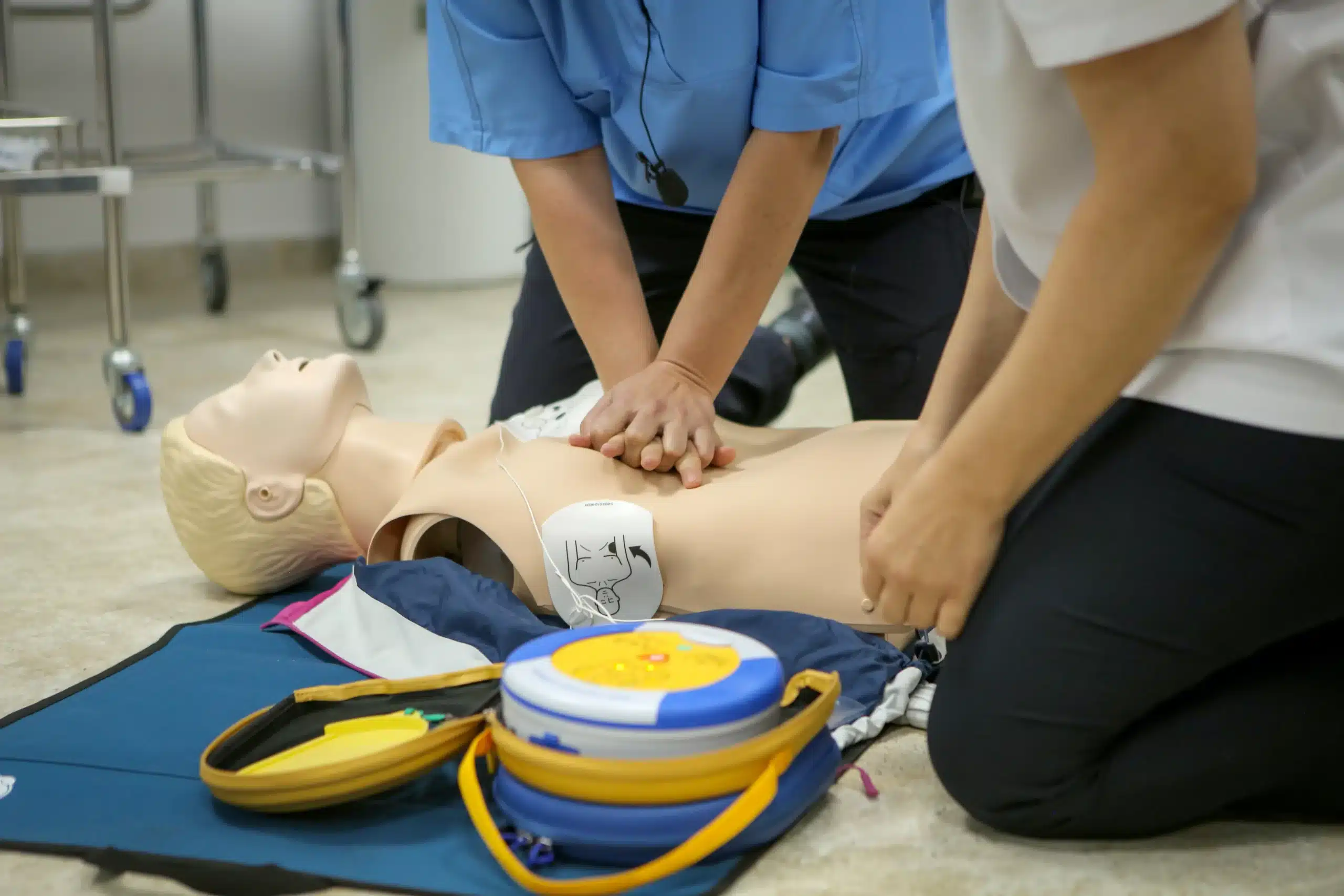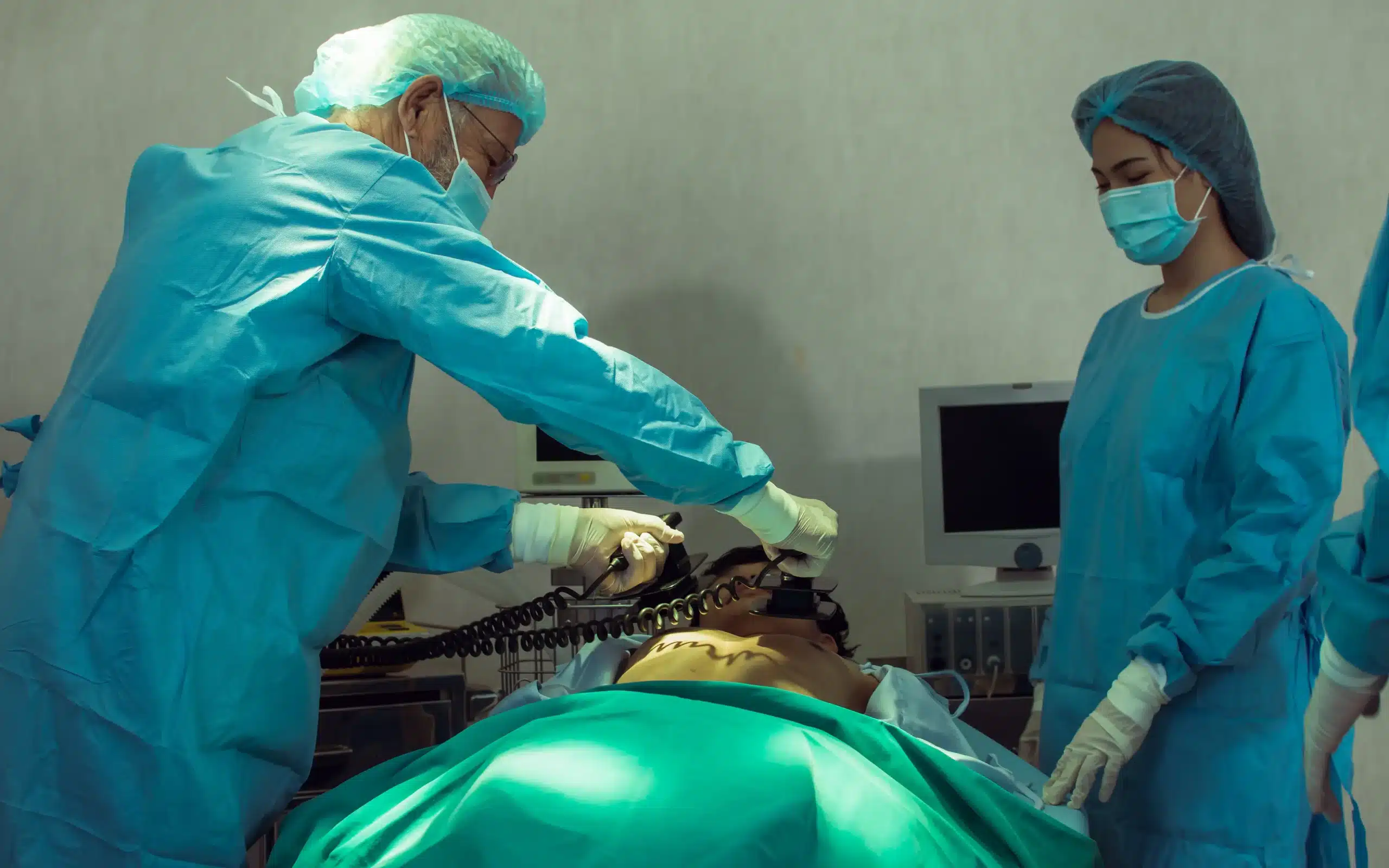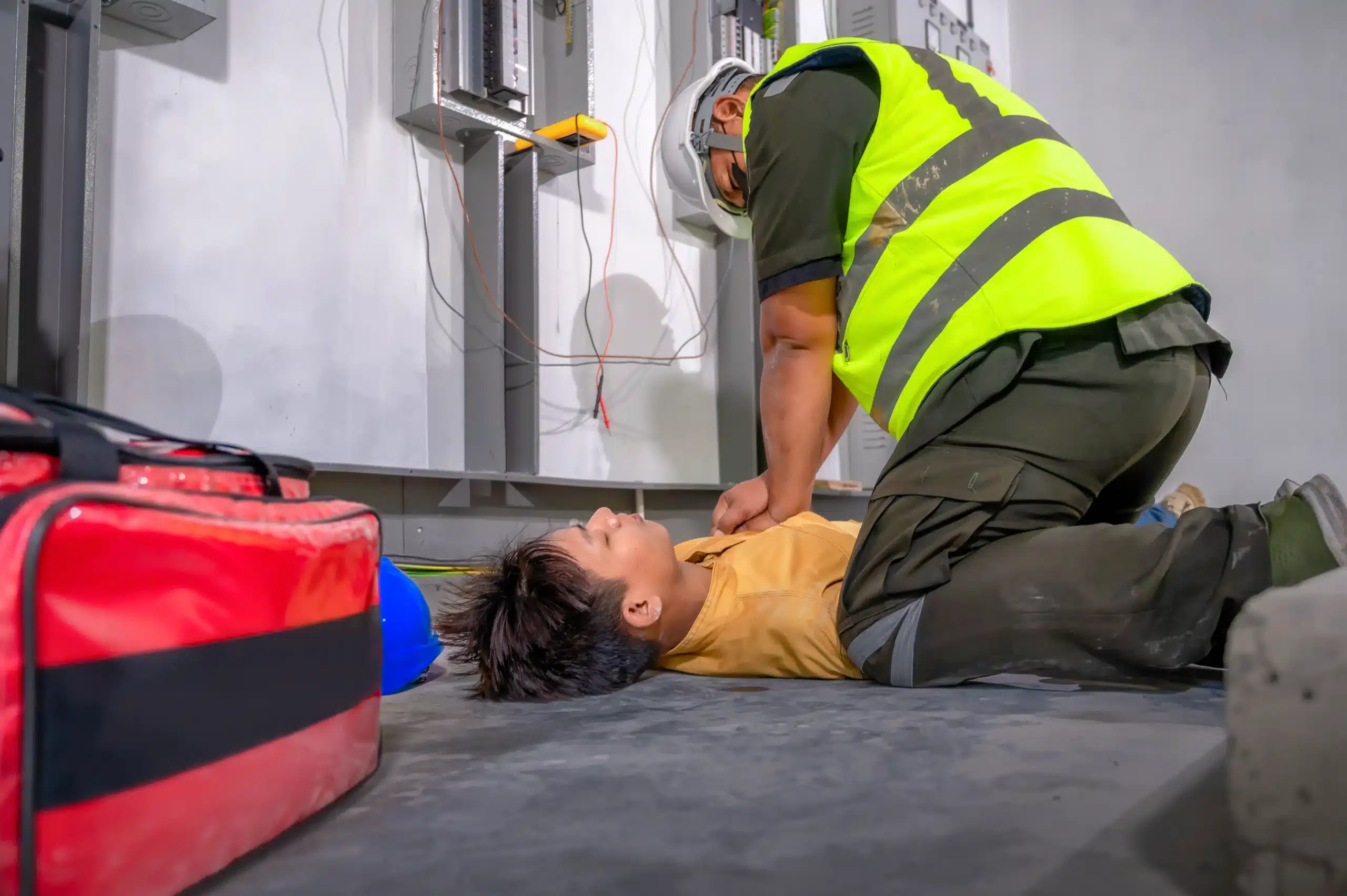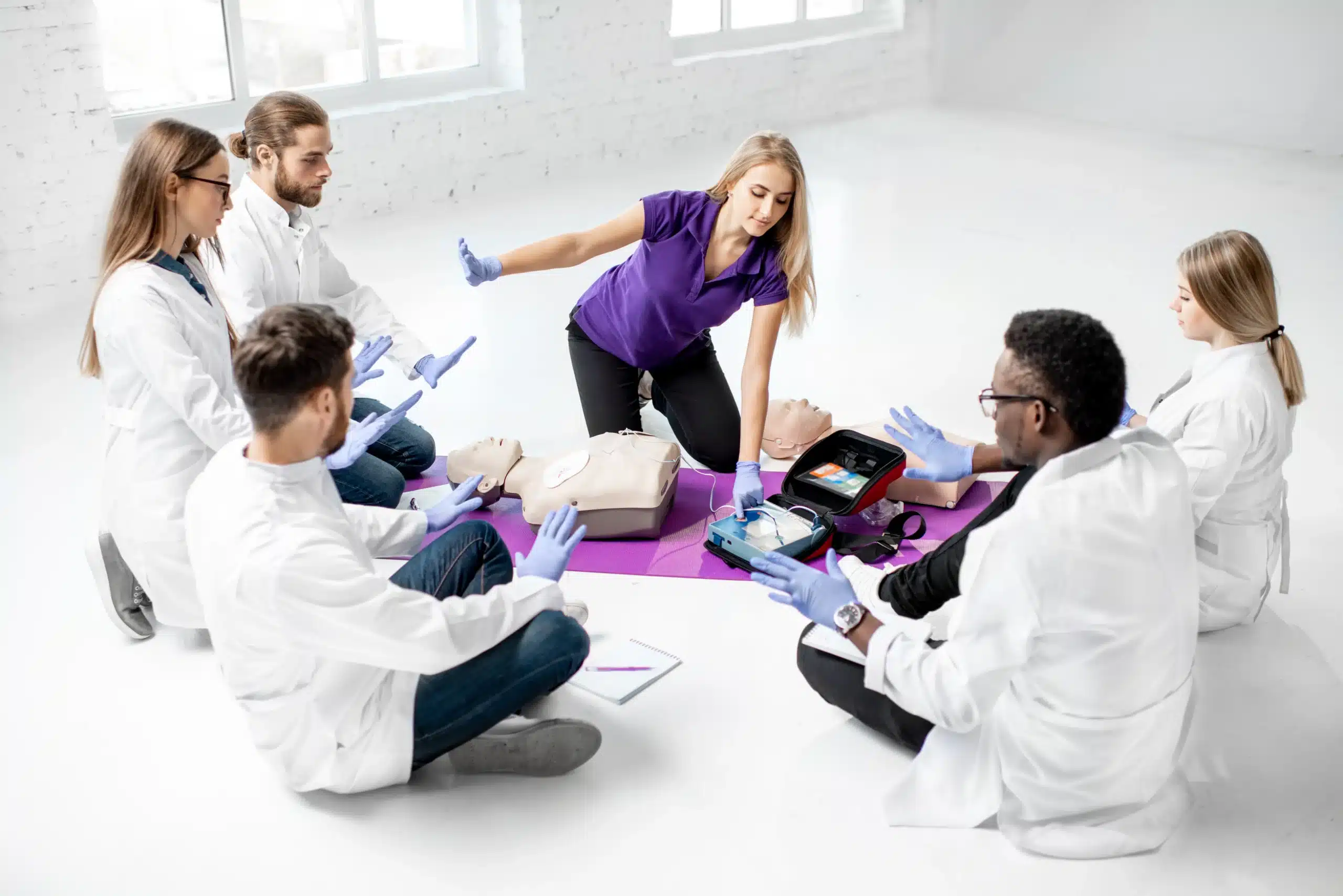Working in healthcare means dealing with the unexpected. And when it comes to children’s health, being prepared for emergencies is paramount. Pediatric Advanced Life Support (PALS) certification equips you with the knowledge and skills to confidently manage critical situations involving infants and children. This post will walk you through the essentials of pediatric advanced life support in Monterey, from understanding the importance of PALS training to finding the right certification course for your needs. We’ll also explore key skills you’ll learn and offer tips for getting the most out of your training. Because in pediatric emergencies, confidence and competence can be lifesaving.
Key Takeaways
- PALS certification is crucial for effective pediatric emergency care: It provides healthcare professionals with the knowledge and skills to confidently manage life-threatening situations in infants and children. Prioritize courses with hands-on training and realistic simulations.
- Finding the right PALS course involves careful consideration: Look for qualified instructors, comprehensive study materials, and a program that fits your schedule and budget. Consider blended learning options for flexibility and convenience.
- Continued learning and networking enhance your PALS expertise: Engage with fellow healthcare providers, seek out post-training support resources, and stay updated on the latest guidelines to maintain proficiency and provide optimal care.
What is Pediatric Advanced Life Support (PALS)?
What is PALS and why is it important?
Pediatric Advanced Life Support (PALS) is a specialized training program that empowers healthcare providers to effectively manage emergencies involving infants and children. It equips medical professionals—pediatricians, nurses, paramedics, and others—with the knowledge and skills to respond to life-threatening situations like respiratory distress, cardiac arrest, and shock. PALS emphasizes a systematic approach to assessment, categorization, and treatment, ensuring a rapid and organized response. This training is essential for anyone involved in the emergency care of children, leading to a nationally recognized PALS certification.
Key skills you’ll learn in PALS training
PALS training goes beyond textbooks, focusing on practical skills that directly improve patient outcomes. It prepares healthcare teams to deliver timely and effective interventions during life-threatening cardiac events. Through PALS training, providers learn to quickly identify lethal heart rhythms, perform rapid cardiopulmonary assessments, and apply treatment algorithms for various critical conditions. This hands-on training ensures healthcare professionals can confidently manage pediatric emergencies, ultimately improving survival rates and the quality of care for young patients. For a closer look at the benefits of PALS certification, check out resources like Code Blue Training. You can also explore the PALS Training Program details for a more in-depth understanding of the curriculum.
Find PALS Certification in Monterey
Finding the right Pediatric Advanced Life Support (PALS) certification course in Monterey takes a little research. Here’s a rundown of some options:
Safety Training Seminars
Safety Training Seminars offers convenient online PALS courses designed for busy professionals. Their blended learning approach combines interactive online materials with in-person skills sessions. This allows you to learn the material at your own pace before demonstrating your skills. For more details, check out their PALS course.
Natividad Medical Center
Natividad Medical Center is another option for PALS certification in the Monterey area. They offer a variety of community classes, including PALS training. Check their website or contact them directly to learn about upcoming course dates and formats.
American Red Cross
While the American Red Cross doesn’t offer a standalone PALS certification, they do provide a comprehensive adult and pediatric first aid/CPR/AED blended learning course. This course covers essential life-saving skills for both adults and children. If you’re looking for a broader foundation in pediatric emergency care, this could be a good starting point. For specific PALS certification, explore other providers.
American Heart Association Training Centers
The American Heart Association (AHA) sets the standard for PALS training. You can find various AHA-certified training centers offering PALS courses, often with both instructor-led and blended learning options. The AHA website is a great resource for locating certified training centers near you.
Course Formats and Duration
PALS courses typically use a blended learning format, combining online coursework with an in-person skills session. The online portion allows you to study at your own pace, while the in-person session focuses on hands-on practice and skills assessment. Course duration varies, but most programs can be completed relatively quickly. Check with specific providers for details on course length and scheduling.
Costs and Discounts
The cost of PALS certification varies depending on the training center and course format. Many training centers offer competitive pricing and potential discounts. Compare prices and ask about discounts before enrolling. Safety Training Seminars offers a low-price guarantee. Contact providers directly to discuss pricing and payment options.
Choose the Right PALS Course
So you’re ready to sign up for your PALS certification or recertification—great! Choosing the right course is an important step. Here’s what to look for:
Instructor qualifications and expertise
Experienced instructors make all the difference. The American Heart Association (AHA) has specific requirements for its instructors. They must be licensed healthcare providers with a current AHA provider card in the discipline they teach. Look for a PALS course taught by instructors with a strong background in pediatrics and a passion for teaching. Ask about their experience and look for reviews or testimonials from past students. A knowledgeable and engaging instructor can make the learning process more effective and enjoyable.
Prerequisites and eligibility
Before you enroll, double-check the prerequisites. PALS courses are designed for healthcare providers involved in the emergency management of pediatric patients. This typically includes registered nurses (RNs), advanced practice providers (APNs), physician assistants (PAs), licensed practical nurses (LPNs), medical doctors (MDs), doctors of osteopathic medicine (DOs), emergency medical technicians (EMTs), paramedics, and other healthcare professionals. Understanding the eligibility requirements will ensure the course is the right fit for your current role and certifications.
Study materials and resources
High-quality study materials are essential for success. The AHA’s PALS Instructor Essentials Course equips instructors with the tools and resources they need to teach effectively. Ask your chosen training center about the materials they use. Make sure they align with the latest AHA guidelines and include resources like manuals, videos, and online learning modules. The AHA’s eLearning platform offers a comprehensive PALS Instructor Essentials Course.
Tips for PALS certification success
A little preparation goes a long way. Before your course, familiarize yourself with the course content and review any prerequisite materials. Consider reading reviews from past participants to get a feel for the course quality and the support provided. Remember, the goal is to gain the knowledge and skills to confidently assess and treat pediatric emergencies. Choosing the right course sets you up for success.
Get the Most Out of PALS Training
PALS certification is a significant achievement, but the real value lies in applying your knowledge and skills effectively. Here’s how to maximize your training experience:
Hands-on Practice and Simulations
PALS training isn’t just about lectures and textbooks. The most effective programs emphasize hands-on practice and realistic simulations. These experiences allow you to apply the algorithms and techniques you learn in a safe, controlled environment. Look for courses, like those offered by Safety Training Seminars, that prioritize these practical components. Simulations offer a chance to build muscle memory and confidence so you can react decisively in real-world emergencies. This practical application is crucial for solidifying your skills and improving your ability to assess, categorize, and treat pediatric emergencies, as highlighted by American Professional Training.
Network with Local Healthcare Professionals
PALS courses bring together healthcare providers from diverse backgrounds. Take advantage of this opportunity to connect with colleagues in your area. Networking can lead to valuable mentorship opportunities, expand your professional circle, and provide insights into best practices in different healthcare settings. Sharing experiences and perspectives with other professionals strengthens the overall preparedness of healthcare teams, a point emphasized by Code Blue Training.
Common Concerns and How Providers Address Them
Many healthcare providers share similar concerns when approaching PALS training. Some worry about mastering complex algorithms for conditions like bradycardia and tachycardia, while others focus on rapid assessment techniques. A good PALS course will directly address these concerns, providing clear explanations, demonstrations, and opportunities to practice key skills like identifying lethal rhythms. The information provided by ACLS123 highlights some of these key skills. Don’t hesitate to ask your instructor questions—clarifying any doubts early on will boost your confidence and competence.
Post-training Support and Resources
Learning doesn’t end when you receive your PALS certification. Ongoing practice and access to updated resources are essential for maintaining proficiency. Look for training centers that offer post-course support, refresher courses, or access to online materials. Consider programs that value feedback and offer continued learning opportunities, similar to the approach taken by JotForm in their PALS training program. Staying engaged after your initial training ensures you’re always prepared to provide the best possible care.
Related Articles
- Pediatric CPR & First-Aid Classes in Capitola – Santa Cruz CPR Classes
- Online PALS Classes in Monterey: Your Certification Guide – Santa Cruz CPR Classes
- AHA PALS Classes in Santa Cruz, CA – Santa Cruz CPR Classes
- ACLS HeartCode Capitola: Your Certification Guide – Santa Cruz CPR Classes
- BLS HeartCode Santa Cruz: Flexible CPR Certification – Santa Cruz CPR Classes
Frequently Asked Questions
What is the difference between PALS and basic CPR training?
Basic CPR training focuses on life-saving techniques for the general public, while PALS is an advanced certification specifically designed for healthcare providers. PALS covers a broader range of pediatric emergencies and emphasizes systematic assessment, categorization, and treatment algorithms. It builds upon the foundation of basic CPR and adds specialized knowledge for managing complex pediatric medical situations.
How long does a PALS certification last?
PALS certification is typically valid for two years. After that, you’ll need to complete a recertification course to stay current with the latest guidelines and maintain your skills. Recertification courses are often shorter than the initial certification and focus on reinforcing key concepts and updating any changes in protocols.
What if I don’t work in a hospital setting? Do I still need PALS?
While PALS is often associated with hospital settings, it’s valuable for any healthcare provider who might encounter pediatric emergencies. This includes professionals working in clinics, urgent care centers, schools, or even specialized transport teams. If your role involves the potential for pediatric emergencies, PALS certification demonstrates your advanced preparedness and commitment to providing the best possible care.
How can I find a PALS course that fits my schedule?
Many training centers offer various course formats and schedules to accommodate busy professionals. Look for options like blended learning, which combines online coursework with in-person skills sessions. This allows you to complete the didactic portion at your own pace before attending a hands-on session. Contact different providers to discuss your scheduling needs and find a course that works for you.
What should I do to prepare for my PALS course?
Reviewing basic life support skills and familiarizing yourself with pediatric assessment techniques can be helpful preparation. Many training centers also provide pre-course materials or recommend resources to help you get ready. Don’t hesitate to contact your chosen provider and ask about any recommended pre-course work or study guides. Being proactive in your preparation will set you up for a more successful learning experience.
